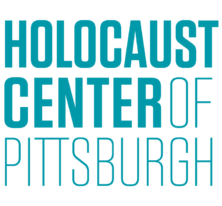Concentration Camps
As soon as the Nazis rose to power in 1933, concentration camps were quickly established to imprison and eliminate real and perceived “enemies of the state.” Most prisoners in the early concentration camps were political prisoners – German Communists, Socialists, Social Democrats – as well as Roma (Gypsies), Jehovah’s Witnesses, homosexuals, and persons accused of “asocial” or socially deviant behavior.
Following the violent Kristallnacht (“Night of Broken Glass”) pogroms in November 1938, for the first time Nazis arrested Jewish men en masse because they were Jews. Over 30,000 German Jews were incarcerated in the Dachau, Buchenwald, and Sachsenhausen concentration camps in Germany, initially until each could provide proof of their ability to emigrate.
Starting in 1941, the Nazis began to implement “The Final Solution.” Short for the “Final Solution to the Jewish Question,” this was when Nazi policy changed from trying to force Jews to emigrate out of the Third Reich to systemic annihilation—in short, mass murder. The camp system became a key piece of this killing operation. Killing Centers were established in Nazi-occupied Poland: Belzec, Sobibor, and Treblinka. In other camps, such as Auschwitz and Majdanek, Nazis established killing centers within the larger camp complex.
Between 1933 and 1945, Nazi Germany and its collaborators established more than 44,000 labor camps and other incarceration sites. Millions of people were imprisoned, mistreated, and murdered in the various types of Nazi camps. Under SS management, the Germans and their collaborators murdered more than three million Jews in the killing centers alone. Only a small fraction of those imprisoned in Nazi camps survived.
